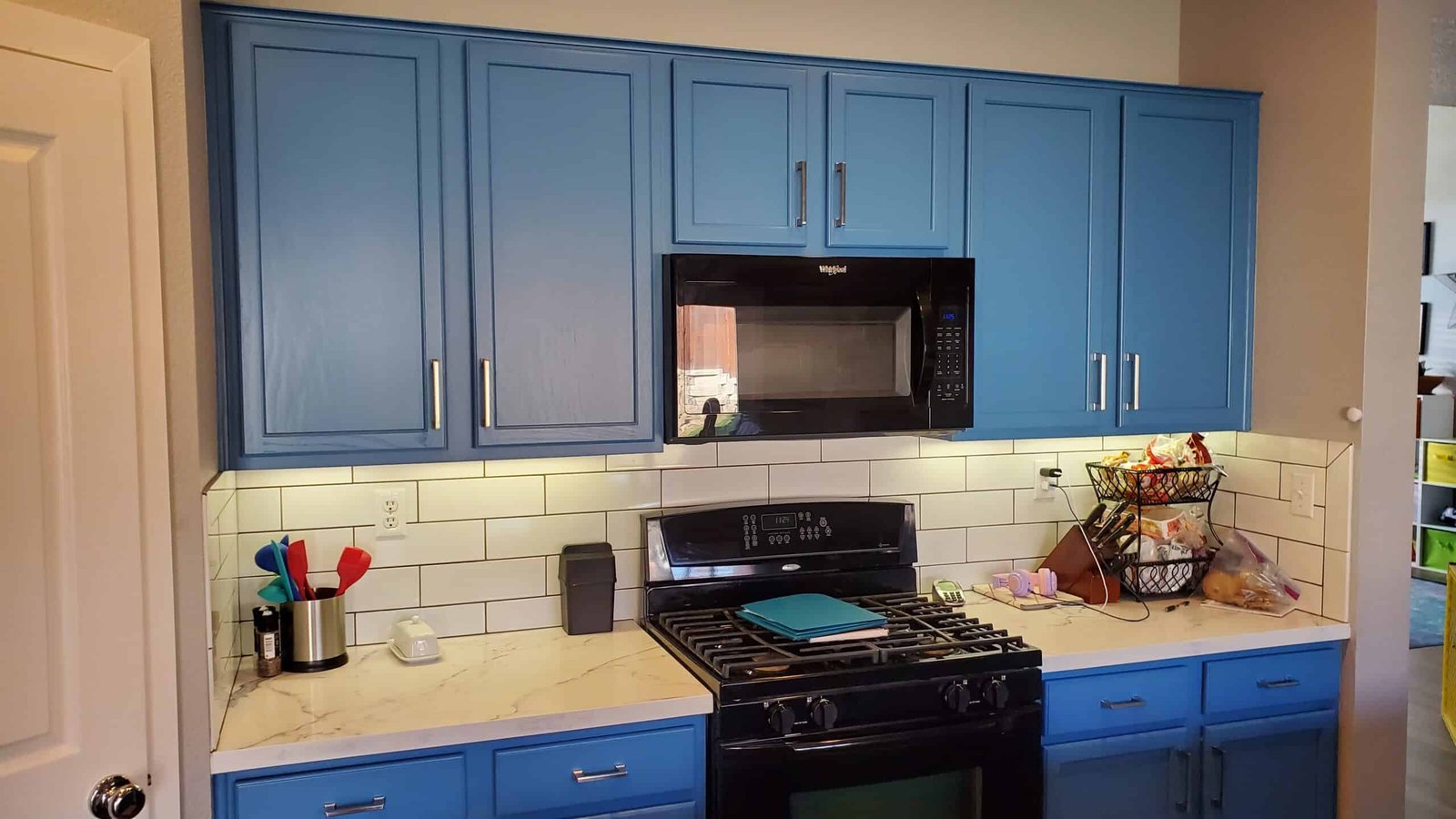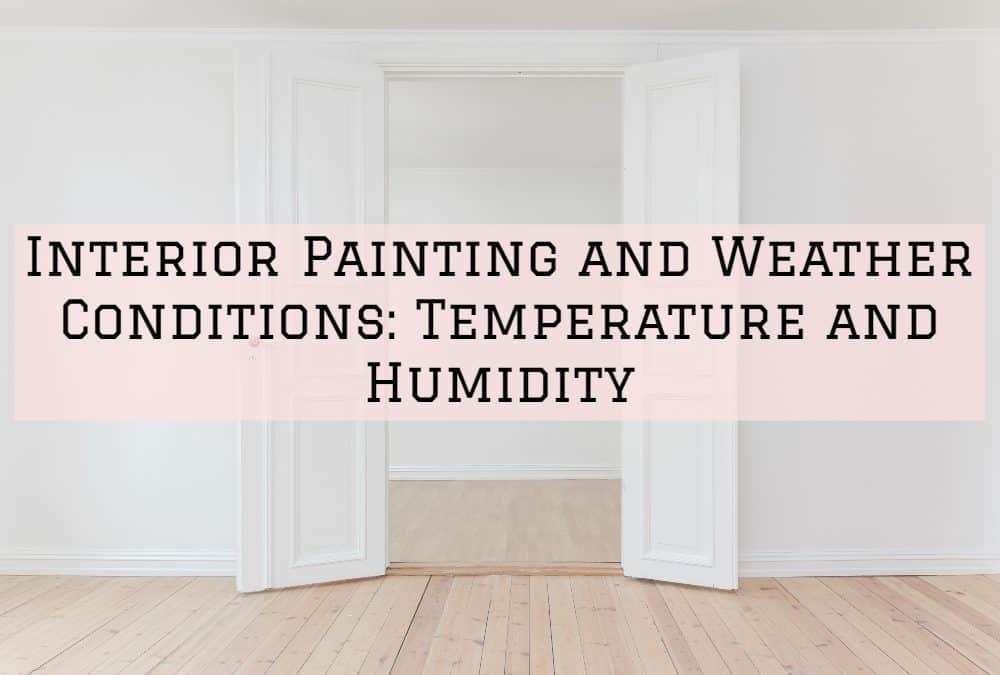Interior Painting and Weather Conditions: Temperature and Humidity
Suppose you’re planning an upcoming interior painting project in Amador County, California. In that case, it’s essential to understand that temperature and humidity will affect paint and painting applications.
Temperature and humidity are two of the most important factors affecting how paint dries. Knowing how to avoid adverse environmental extremes can help you avoid painting problems.
Temperature
In extreme cases, freezing temperature prevents drying altogether, while heat has the opposite effect.
When the temperature is high, the paint’s surface can dry before the lower layers can dry.
When paint applied in scorching temperatures dries too quickly, it can often develop bumps, blisters, and other imperfections, such as lifting, cracking, or discoloration.
The rule of thumb is that if you paint with oil-based paint, the ambient temperature should be above 45°F for at least 48 hours.
Latex and acrylic paints typically require higher temperatures above 50°F. Some paints, however, are formulated to dry at lower temperatures, even as low as 35°F.
Lower temperatures can also cause issues. Air temperatures must not drop below freezing the first night after applying the paint since curing paint can still contain moisture that will crystallize in sub-freezing temperatures.
Not only should temperatures be above 45°F when the paint is applied, but they should remain that way for at least two or three hours to dry properly.
Humidity
In high-humidity situations, you could see surfactant leaching: brown or white discoloration on the paint’s surface.
Exposing the paint to excessively high humidity may compromise its desired protective qualities.
High humidity also works against a fresh coat of paint by reintroducing water into the incompletely dried paint film.
Humidity also needs to be considered when painting a wood surface.
The wood can absorb the moisture in the air, which can compromise the adhesion of the paint to the surface, resulting in peeling or bubbling paint.
How Temperature Affects Drying
As the temperature lowers, the paint thickens. In the case of oil-based paints, the thicker the coating, the longer it takes for the paint to oxidize.
Besides, when a coat is thicker, it extends the time for the solvent to evaporate.
How Humidity Affects Drying
When humidity is high, exposing the paint will lead to more water vapor, which affects the drying of acrylic and latex paints.
How so? With more moisture in the air, it takes longer for the water in an acrylic or latex paint to evaporate.
When you combine low temperatures and high humidity during painting, condensation on the paint’s surface often occurs.
This condensation can damage the paint finish, causing lifting, peeling, and other paint failures.
Coating thickness is only one factor that affects the drying time of acrylic and latex paints. Beyond humidity and temperature, weather issues like wind and precipitation also affect paints and other coatings.
Get the conversation started and make sure your paint job is done right by calling Michael Hines Painting at 209-256-4587 for a FREE estimate.
Or you can do it at Galt House Painter—our painting company in Galt, CA, full of high-quality paintings for everyone.


